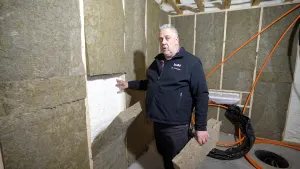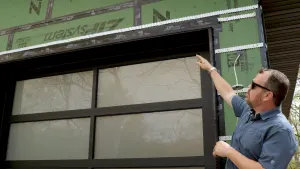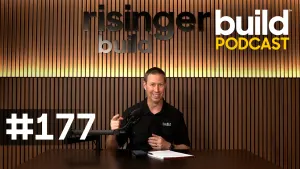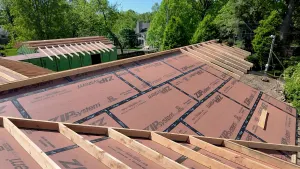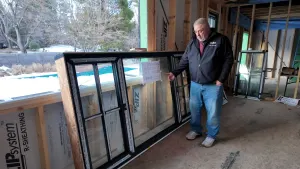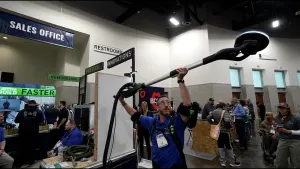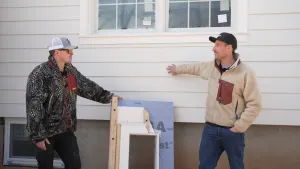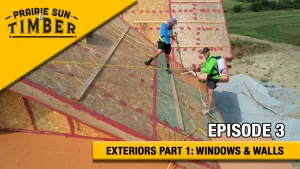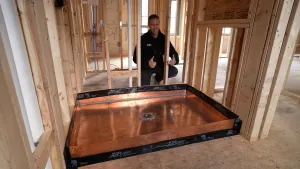Housewrap Testing - "Orange Box" House Brand vs Tyvek
When evaluating housewraps and weatherproofing systems, there's a quick test that can help. In this video, Matt Risinger, master builder demonstrates a quick test to be able to rapidly tell if the housewrap you're using is truly waterproof.Water is the number one enemy of durability. When water gets behind housewrap on a tightly-built home, there's a very poor chance that it will dry. Using best practices is critical when mitigating the damage of water. No matter which cladding used on top, whether siding, stone or brick, it will leak at least some. The housewrap used on the house as a raincoat is therefore super important, but they are not all created equal.Risinger receives many questions regarding the use of half-price wraps vs. the top brands. The questions prompted a recent trip to a big-box store to grab a roll of the least expensive wrap—standard tie back home wrap to perform a "test" to see if that roll is waterproof. Using two squares of housewrap, standard Tyvek at $160/roll and the other approximately half of that cost, the goal is to see how well they resist water penetration. Taking two squares of housewrap, one of each to be tested, place each one on a piece of plain paper towel. Dribble a little bit of water on top of the square and then place a full glass of water where the water is dribbled, on top of each square, to simulate the pressure put on the housewrap from siding or stucco. After sitting for approximately 10 minutes, remove the water glass and the waterproofing squares from the paper towel. The Tyvek covered paper towel is totally dry. The half-priced brand shows dramatic water penetration, even just after 10 minutes. The inferior wrap is pin punched mechanically to provide some breathability. This is a plastic material and they're adding a perm rating to the plastics by pin punching them. However, their number one job is to keep water away from the house and they are missing the mark.

 Share on facebook
Share on facebook Tweet
Tweet Email
Email Share on Linkedin
Share on Linkedin




